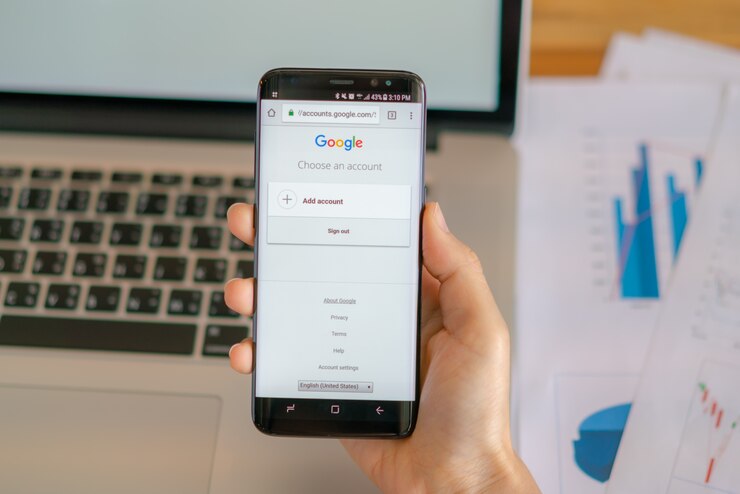Google has a major new change to the Android settings interface, however, a dedicated window with the name System Services.
This new hub should give users more control and visibility of background Google applications. It must provide services that most people view as a critical component of the modern Android experience.
It is no longer necessary to sort through several menus, essential segments, and controls, and make changes in a single place.
Why a New ‘System Services’ Page?
The developed form of Android depends largely on very intricate Google Play Services and other background Google applications ecology.
They track the health of the devices and end-to-end secure communications. This is responded to by the new page of service called System Services:
Enhance Transparency: Provide users with an explicit list of the Google services running on their device.
Centralizing Management: Unifying information and options for updating that would have been disparate. It could have only been accessed through the Play Store.
Increasing the control: Providing a single entry point that allows seeing the state of these key parts and updating them manually where necessary.
What You Can Find on the ‘System Services’ Page
The new section will enumerate various basic services of Google, some of which lack a user interface. However, they are essential to the running of your phone. You may see examples of the following kinds of services:
Adaptive Connectivity Services: Provides control of your network connections to allow them to perform.
Android System Intelligence: Powers functions such as Live Caption and Smart Reply, as well as other context-sensitive features.
System Key Verifier: Necessary for security features, to be used in the future of Google Messages.
Android System SafetyCore: implements safety functionality such as Sensitive Content Warnings in Google Messages.
Cross-Device Services: Platforms communications Mechanism enables smooth device communication like Android application streaming on Chromebooks.
Device Connectivity Service: Processes devices during the enablement of different pairing and communication capabilities.
Device Health Services: Keeps a check on battery and device efficiency.
Google Play services: A wide umbrella that contains many APIs and services. It includes Fast Pair, Quick Share, and Unknown Tracker Alerts.
Google Play Services with AR (ARCore): Chrome Extension that augments reality.
Settings Services: fundamental services that coordinate numerous features of your device settings.
Simpler to update and Access Beta Programs
Most of the system services generally auto-update in the background, in the past. This has been simplified in the new page of System Services, as it is now possible to manually initiate updates.
In September, Google introduced early access to all Google system services to users who had signed up for the Play Services beta. This fresh page gives you a specific section to take care of and supervise your involvement.
Rollout Information and Access
This new System Services page is starting to appear on devices with Android 6+. However, most users who have joined the above-mentioned beta program will probably be the first ones to get it.
This release is done gradually. Thus, it might take a little time before it can be available on all the devices supporting it. Thereafter, the new page is accessible by going through an address:
Settings app > Touch your account (top card on Android 16) > All services tab > Privacy and security setting > System services.
Conclusion
Google is on the right track by making a new settings page as part of its new System Services. It will empower Android users and give them reality.
Now, you don’t have to search the menus. The users can see and manage the most important Google services in a single location.
Enabling you to stay up to date, this new page allows you to check the service status, manage the updates, or investigate the beta.
More Insights: Android Auto Spotify App Receives Major Redesign
























